|
One of the privileges of life in the Mad River Valley is the way that nature helps us answer our most difficult questions. This Fall, our long-time executive director stepped down and I was given a moment’s pause to wonder where we go from here. But as the leaves turned from green to gold across the hillsides, I was reminded that this particular change fits into a bigger story of many changes – and with them, many opportunities. With your support, we can rise to the occasion to protect healthy land, clean water, and a vibrant community for generations to come. Over the last two years, Friends board has expanded and brought on new energy and new leadership. For the last five years, our stewardship manager Ira has been crisscrossing the Valley supporting conservation projects at all scales. Over the last decade, our partnerships within and beyond the Mad River Valley have grown and taken on new forms many times over. Just this past year, with your support, Friends of the Mad River:
All of this work was supported by just over 200 donors but we know that tackling the biggest challenges, like those posed by a changing climate and landscape, will take each of us doing our part. Change is not always easy, but it’s happening whether we step up or not. Become a Friend of the Mad River and be the catalyst for the kind of change we want to see. With your support we can meet our goal of raising $30,000 before January 31. Please give at the most generous level you can – and invite your friends to join you. With gratitude, Katie Sullivan, Friends Board Vice President Photo Credit (from top): Annie Parson, Ira Shadis, FMR, Clark Amadon
This October we teamed up with the Waitsfield Conservation Commission and the Vermont Youth Conservation Corps to plant nearly six hundred native trees and shrubs in support of a healthy river and watershed. Four hundred and ninety plants were placed at a new riparian buffer restoration site in Waitsfield, along the Mad River. Another one hundred were part of an ongoing floodplain restoration at the Austin Parcel, along the confluence of the Mad River and Mill Brook. As these plants mature, both of these sites will serve as habitat for wildlife in and along the river and its tributaries.
In the case of the new project in Waitsfield, we are also combatting some pretty serious erosion along the bank of the river. Some amount of erosion is expected and good for the river as the sediment brings nutrients into the water. But when the erosion gets this intense, the water can become murky and critical streambed habitat can be disrupted. The planted trees will eventually have deep roots that help hold the soil together. The plants also help slow down water running across the nearby field, reducing its energy and erosive force. Rick & Laura Beaudoin, the owners of the property where the new restoration site in Waitsfield is located, have several reasons to plant trees. “We wanted to stabilize the soil on the river’s edge. Since Irene, we’ve seen quite a few large trees get undercut and fall into the river,” says Beaudoin. “We also want to restore the natural beauty of a wooded riverbank and, as those trees mature, we want them to provide shade to cool the water and keep our local trout healthy.” The project was funded through Vermont Department of Environmental Conservation Woody Buffer Block Grant funds. Landowners and managers interested in planting native trees and shrubs on their property are encouraged to reach out to Friends of the Mad River and [email protected]. |
Friendsof the Mad River Archives
July 2024
Categories |
Proudly powered by Weebly

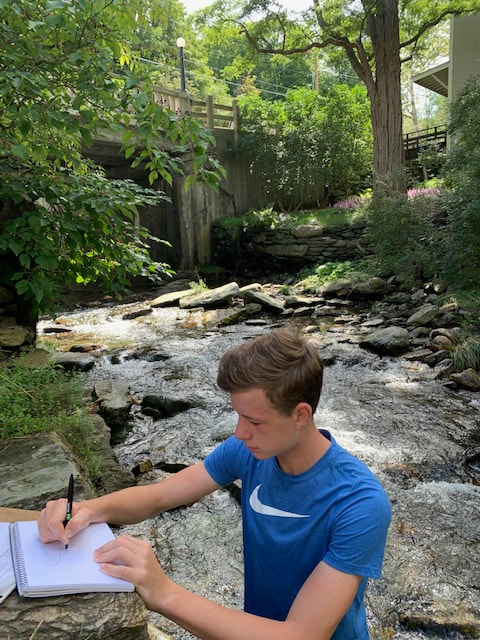
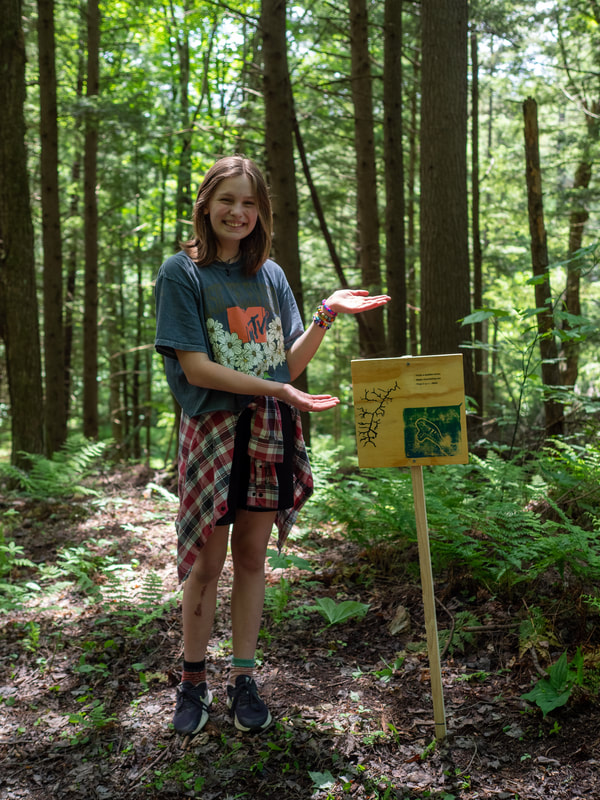
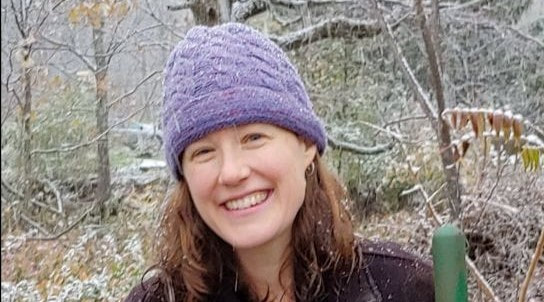
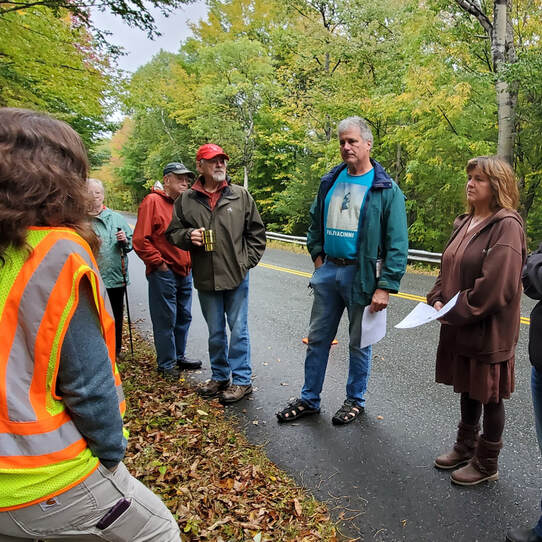

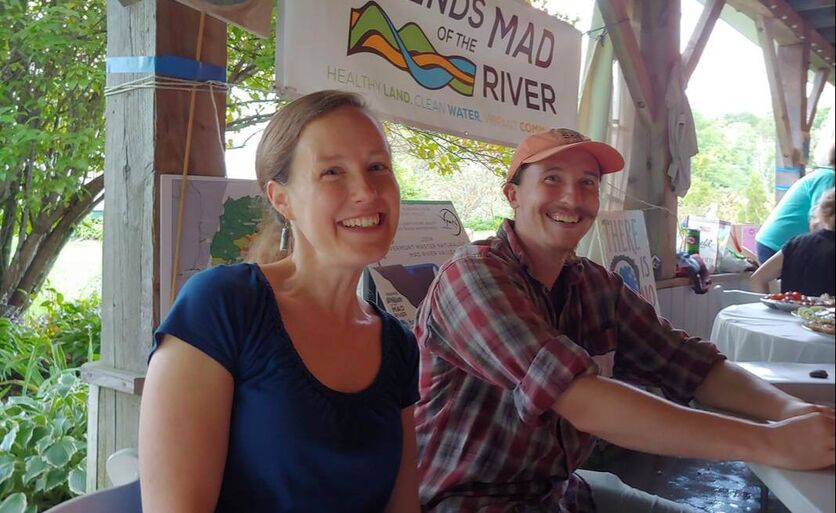
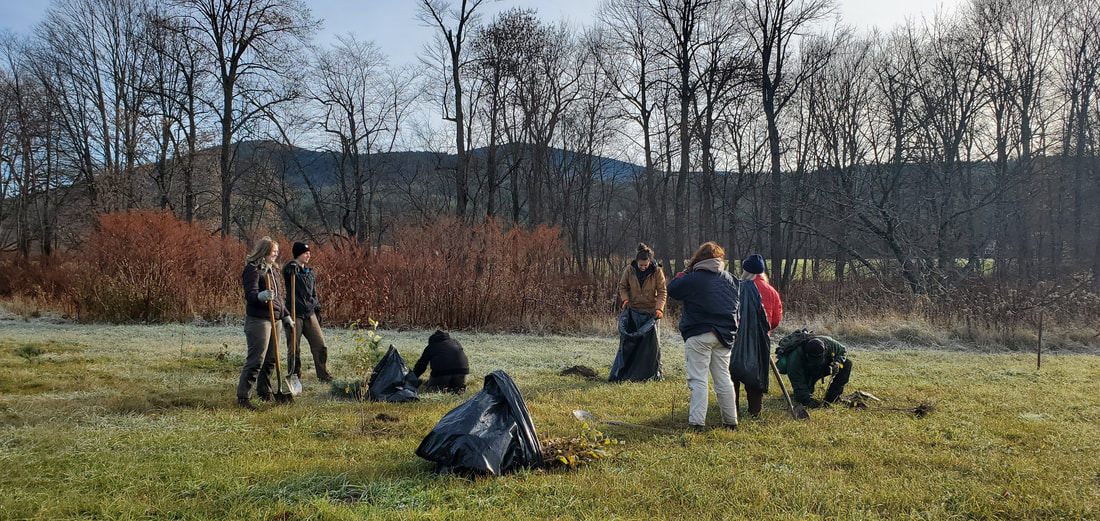
 RSS Feed
RSS Feed